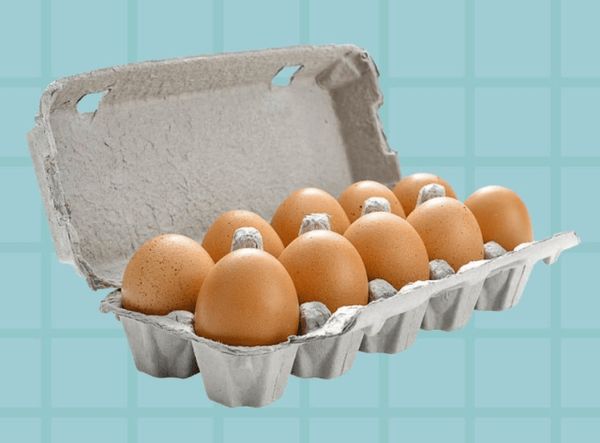Ever found yourself scrutinizing the expiration date on your food, debating whether it’s safe to consume that slightly overdue carton of milk or package of chicken? It’s time to demystify those dates. According to the United States Department of Agriculture (USDA), expiration dates are more guidelines for quality rather than hard-and-fast safety deadlines.

Understanding Food Date Labels
Food packages often display terms like “Best if Used By,” “Use By,” and “Sell By,” leading to confusion and unnecessary food waste. These labels primarily indicate the period during which the food is expected to be at its optimal quality and flavor, rather than the point after which it becomes unsafe. Here’s a quick breakdown:
Related: Candace Cameron Bure Calls The 2024 Paris Olympics Opening Ceremony ‘Disgusting’
Spotting Spoilage
While many items are safe past their labeled dates, visible mold, unpleasant smells, odd textures, or bad tastes are unmistakable signs of spoilage. Trusting your senses is often more reliable than relying on printed dates.
Preventing Waste Through Proper Storage
Minimizing food waste starts with correct storage. Keep your fridge below 40°F (4°C) and your freezer at 0°F (-18°C). Use airtight containers to protect food quality and extend its life.
Related: Beloved Tom Selleck Faces New Challenges
In summary, food expiration dates offer a guideline for quality rather than a strict safety threshold. By understanding label meanings, properly storing food, and trusting our senses, we can reduce food waste while ensuring our meals are both delicious and safe. So, think twice before discarding that day-past-due condiment—it may still be perfectly good to enjoy





